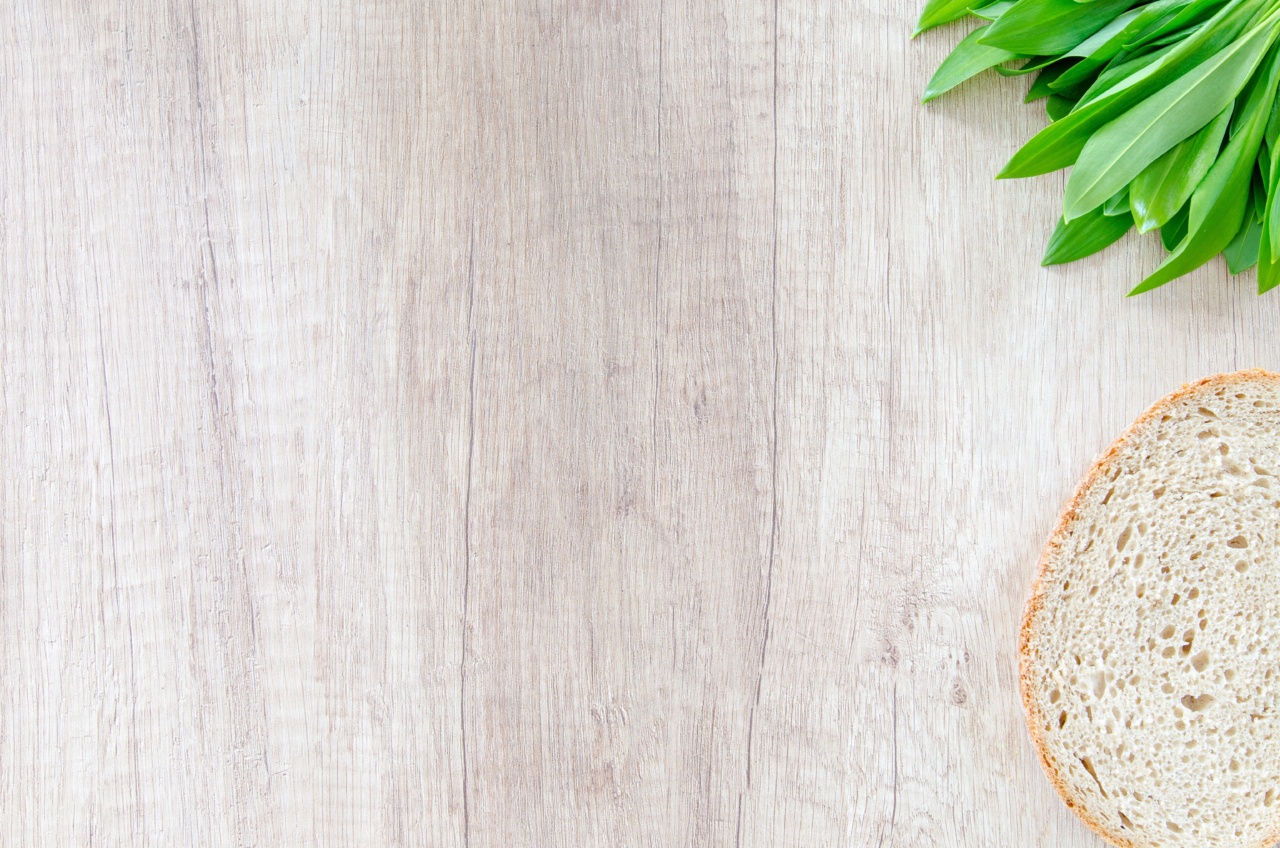Food is one of the basic needs of human existence. However, packaging plays an essential role in protecting our food from contamination. Packaging materials can directly impact our health, especially when not carefully scrutinized.
The rough packaging material that many food products come in can lead to several health risks. According to a new study by top scientists, rough food packaging poses several serious health risks that require urgent attention.
What is Rough Food Packaging?
Rough food packaging is packaging material that has rough surfaces or textures. This type of packaging is commonly used for food products such as chips, snacks, and biscuits.
The rough surface of the packaging is designed to provide better traction and grip for the consumer. However, the use of this packaging material has been linked to several health risks that are often ignored.
What are the Health Risks of Rough Food Packaging?
Rough food packaging poses several serious health risks to the consumer. Here are some of the risks:.
1. Cuts and Abrasions
The rough surface of the packaging material can cause cuts or abrasions on the consumer’s skin. This can happen when the consumer tries to open or handle the packaging.
These cuts and abrasions may lead to infections, especially if the packaging material is contaminated.
2. Oral Injuries
Rough food packaging can also cause oral injuries. The rough texture of the packaging can cause scratches, cuts, or abrasions on the consumer’s tongue, gums, or inside of the mouth. These wounds can be painful and can also lead to infections.
3. Tooth Damage
The rough packaging can also damage the consumer’s teeth. The texture of the packaging can cause the teeth to chip or break. This can be painful and may require dental treatment.
4. Contamination
The rough surface of the packaging material can also trap dirt and bacteria. Food products that are packaged in rough materials are more likely to be contaminated. This can lead to foodborne illness, which can be severe in some cases.
5. Allergic Reactions
Rough packaging materials may contain chemicals or substances that can trigger allergies. Consumers who are allergic to these substances may experience allergic reactions such as rash, itching, or hives.
How Can We Prevent These Health Risks?
There are several ways to prevent the health risks associated with rough food packaging. Here are some of the ways:.
1. Use Smooth Packaging
Manufacturers should consider using smooth packaging materials instead of rough ones. Smooth packaging is less likely to cause cuts, abrasions, or tooth damage. It is also easier to clean and less likely to trap dirt or bacteria.
2. Proper Handling
Consumers should also handle rough packaging materials with care. They should avoid using their teeth or other sharp objects to open the packaging. This can cause oral injuries and increase the risk of contamination.
3. Proper Storage
Foods that are packaged in rough materials should be stored properly to reduce the risk of contamination. Consumers should store these foods in a cool, dry, and clean place. They should also avoid exposing the food to direct sunlight or heat.
Conclusion
The health risks associated with rough food packaging are serious. They can cause cuts, injuries, tooth damage, contamination, and allergic reactions.
Manufacturers should consider using smooth packaging materials, and consumers should handle and store these foods properly. We hope that this article has raised awareness about the health risks of rough food packaging and will encourage people to take the necessary precautions to protect their health.






























